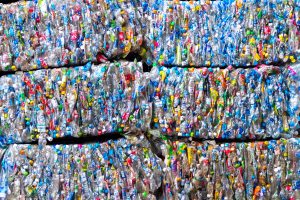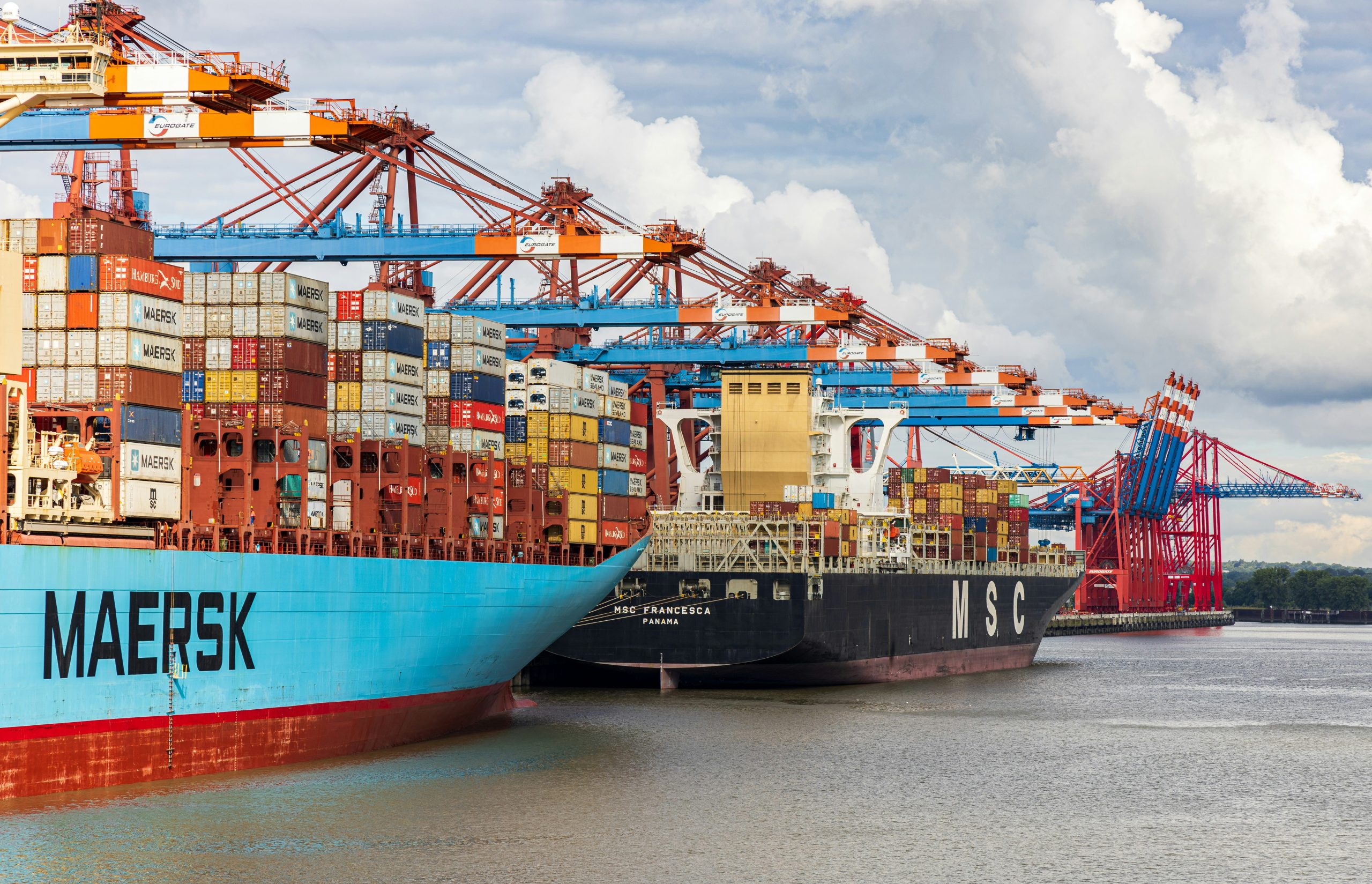Coming Soon | Re-evaluation of end-of-life treatment options for plastics
Fanran Meng & Jonathan M. Cullen
This article is in preparation.
The desirability of plastic products has led to unprecedented growth in demand since the 1950s when the first successes in mass production were achieved. Since 1990, growth in plastic production has surpassed steel, glass, and aluminium such that in 2017 the global plastic output stood at 438 Mt. This growth in plastic use has profound consequences for our climate and our planet. By 2050, assuming no deceleration in plastic consumption, our cumulative plastic waste output will have exceeded 26,000 Mt. Of this, almost half will have been discarded to landfill or the environment.
Clearly, this prompts questions about end-of-life (EOL) options for plastics. Understanding the merits and demerits of different EOL options will be essential to determine if a change in strategy is required. Developed countries have long prioritised recycling but are now reliant on developing countries to handle their growing surplus of polymer waste. Meanwhile, municipal landfill sites and energy recovery facilities continue to emit megatonnes of greenhouse gases along with a panoply of toxic chemicals.
Comparison between EOL options is difficult to standardise. Recycling intersects with manufacturing; landfill and incineration are the building blocks of municipal waste infrastructure; and energy recovery from the combustion of polymers currently serves the electricity and heating demand of cities. The problem not only overlaps multiple industrial sectors but multiple academic disciplines too. The uptake of recycled polymer is market-mediated, so the economic realities have to be explored to determine if the engineering ideals can ever be realised.
This study re-evaluates recycling, landfill, and incineration for commodity polymers (PET, PE, PVC, PP, PS, PUR, and ABS). This involves the compilation of a repository of life cycle inventory data, a review of the academic and grey literature, and some original modelling, which are synthesised to create a decision-making framework. Policy options for reducing the greenhouse gas emissions of the different EOL options are discussed.
We find that we should not be incinerating fossil-derived plastic waste, as we do currently. We should continue to recycle as far as this is reasonably practicable and we should create more favourable conditions for industry and consumers to recycle their waste. If waste cannot be recycled, and for those waste types for which recycling will never be possible, landfilling is the least-worst option, so long as the polymer is durable and residual emissions can be captured.
Image: Hao Wang on Unsplash






